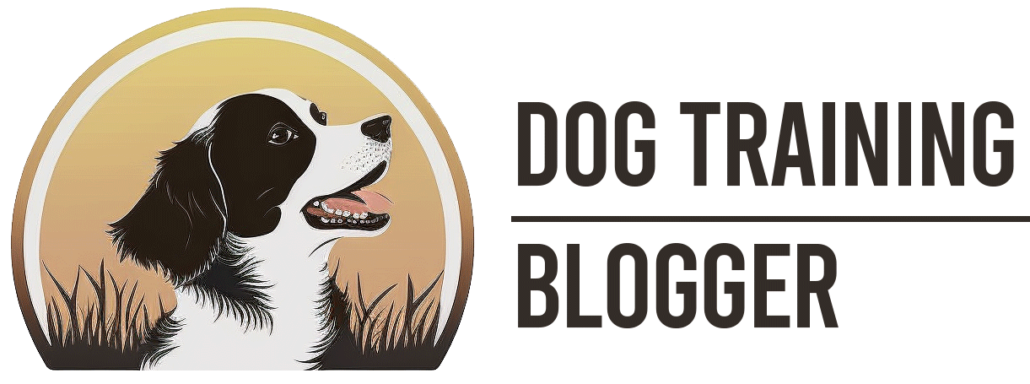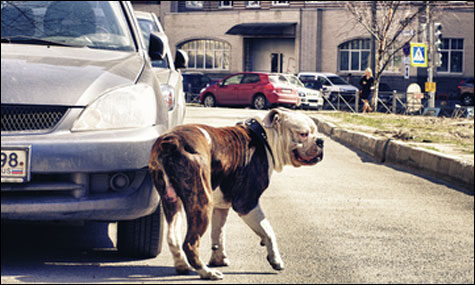Is Your Dog Allergic To Mosquitoes?

If you live in the Nashville area you know that we have an abundance of mosquitoes due to the flooding earlier this month.
Some dogs can be allergic to mosquitoes. However, it’s not always easy to know if this is what your dog is allergic to or not.
Mosquito bites on a dog generally look like lots of other insect bites. They may appear as a tiny bump. The bite may or may not get any larger. It may linger for a day or for several days.
However, if your dog is allergic to mosquito bites you can expect your dog to itch, to scratch at the bite, and even to bite at the spot, perhaps until it bleeds. The bites will usually look like lumps or welts if there is an allergic reaction.
To make a definite diagnosis of a mosquito allergy you need to take your dog to a veterinarian. There are several ways your vet can test to find out if your dog has an actual allergy. The most definitive way is by doing a blood test and sending it to a lab where they can match your dog’s blood to find out what he’s allergic to. This will give you a precise answer so you’ll know if your dog is really allergic to mosquitoes.
If you live in an area where mosquitoes are prevalent you will probably want to take some precautions for your dog. Advantix is available by prescription from your veterinarian. It’s a once-a-month topical to prevent fleas, ticks and mosquitoes. You can also use a flea spray that prevents mosquitoes along with the Advantix.
If your dog is having an allergic reaction to mosquito bites you will probably want to call your veterinarian, especially if this is the first time this has occurred. Your vet will probably advise you to give your dog an allergy medicine such as Benadryl but you will need to talk to your vet to find out the proper dosage for your dog’s weight and age.
If your dog has recurring reactions to mosquito bites your vet may recommend giving your dog a prescription allergy medication on a regular basis.
In addition to the agony of the allergic reaction, mosquito bites are dangerous to your dog because they can carry heartworm disease. It’s very important that you keep your dog protected against heartworm if you live in an area where you encounter mosquitoes. Heartworm disease is now found in all parts of the United States. It can be deadly if left untreated.
If you suspect that your dog is allergic to mosquitoes it’s best not to fool around with herbal remedies or so-called “natural” cures. These remedies have a doubtful track record and your dog is suffering. Talk to your vet and use the most effective preventives and treatments possible to make your dog feel better quickly.
Fortunately, most dogs are not allergic to mosquitoes and do not have a strong reaction to an occasional mosquito bite. If your dog does get a mosquito bite you probably won’t even know it. Keep your dog up-to-date on his heartworm medication and you shouldn’t have any problems from mosquitoes.
Until next time…….



